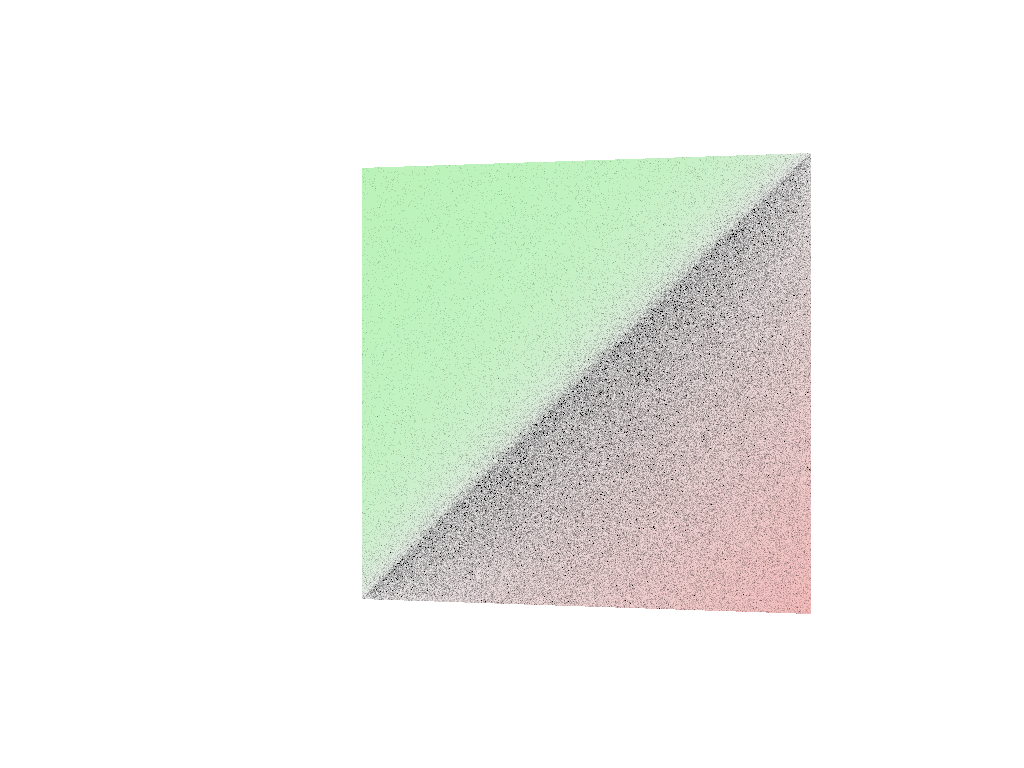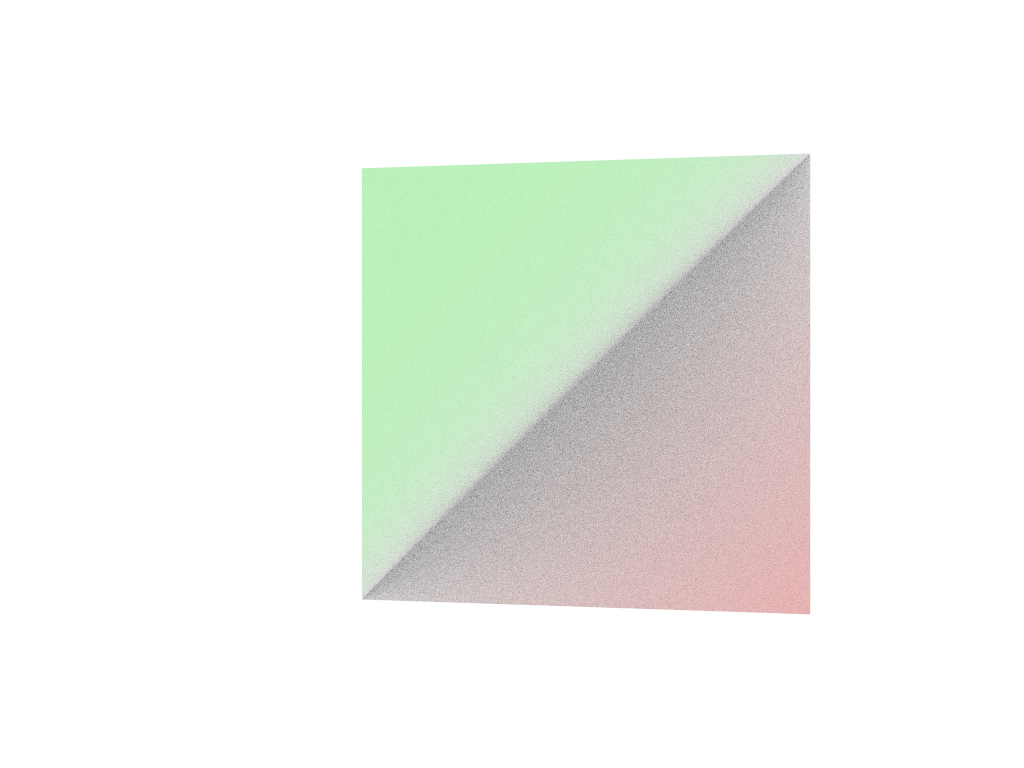This is release v0.8.2 of OSPRay. For changes and new features see the changelog. Also visit http://www.ospray.org for more information.
OSPRay is an open source, scalable, and portable ray tracing engine for high-performance, high-fidelity visualization on Intel® Architecture CPUs. OSPRay is released under the permissive Apache 2.0 license.
The purpose of OSPRay is to provide an open, powerful, and easy-to-use rendering library that allows one to easily build applications that use ray tracing based rendering for interactive applications (including both surface- and volume-based visualizations). OSPRay is completely CPU-based, and runs on anything from laptops, to workstations, to compute nodes in HPC systems.
OSPRay internally builds on top of Embree and ISPC (Intel® SPMD Program Compiler), and fully utilizes modern instruction sets like Intel® SSE, AVX, AVX2, or Intel® Xeon Phi™ to achieve high rendering performance.
OSPRay is still in "pre 1.0" alpha stage, and though we do our best to guarantee stable release versions a certain number of bugs, as-yet-missing features, inconsistencies, or any other issues are unavoidable at this stage. Should you find any such issues please report them immediately via OSPRay's GitHub Issue Tracker (or, if you should happen to have a fix for it,you can also send us a pull request); for missing features please contact us via email at ospray@googlegroups.com.
For recent news, updates, and announcements, please see our complete news/updates page.
Join our mailing list to receive release announcements and major news regarding OSPRay.
The latest OSPRay sources are always available at the OSPRay GitHub repository. The default "master" branch should always point to the latest tested bugfix release.
OSPRay currently supports both Linux and Mac OS X (a Windows version will soon follow). In addition, before you can build OSPRay you need the following prerequisites:
-
You can clone the latest OSPRay sources via:
git clone https://github.com/ospray/ospray.git -
To build OSPRay you require a copy of the Intel® SPMD Program Compiler (ISPC). Please obtain a copy of the latest binary release of ISPC (currently 1.8.2) from the ISPC downloads page, and place it right "next to" the checked-out OSPRay sources in your directory tree (e.g., if OSPRay is in
~/Projects/ospray, ISPC should be in~/Projects/ispc-v1.8.2-linux). -
Additional packages you need are CMake, any form of C++ compiler (we recommend using the Intel® C++ compiler (icc), but also support GCC and clang-cc), and standard Linux development tools. To build the demo viewers, you should also have some version of OpenGL and the GL Utility Toolkit (GLUT or freeglut), as well as Qt 4.6 or higher.
-
OSPRay also heavily uses Embree; however, OSPRay directly includes its own copy of Embree, so a special installation of Embree is not required.
Assume the above requisites are all fulfilled, building OSPRay through CMake is easy:
-
Create a build directory, and go into it
user@mymachine[~/Projects]: mkdir ospray/release user@mymachine[~/Projects]: cd ospray/release(We do recommend having separate build directories for different configurations such as release, debug, etc).
-
Open the CMake configuration dialog
user@mymachine[~/Projects/ospray/release]: ccmake .. -
Make sure to properly set build mode, desired compiler, enable the components you need, etc; then type 'c'onfigure and 'g'enerate. When back on the command prompt, build it using
user@mymachine[~/Projects/ospray/release]: make -
You should now have
libospray.soas well as a set of sample viewers. You can test your version of OSPRay using any of the examples on the OSPRay Demos and Examples page.
A minimal working example demonstrating how to use OSPRay can be found
at apps/ospTutorial.cpp. Build it in the build_directory with
g++ ../apps/ospTutorial.cpp -I ../ospray/include -I .. -I ../ospray/embree/common ./libospray.so -o ospTutorial
Running ospTutorial will create two images of two triangles, rendered
with the Ambient Occlusion renderer. The first image firstFrame.ppm shows the
result after one call to ospRenderFrame -- jagged edges and noise in the
shadow can be seen. Calling ospRenderFrame multiple times enables
progressive refinement, resulting in antialiased edges and converged
shadows, shown after ten frames in the second image
accumulatedFrames.png.
OSPRay also includes a demo viewer application ospQTViewer, showcasing all features
of OSPRay.
Additionally, OSPRay includes a demo viewer application
ospVolumeViewer, which is specifically tailored for volume rendering.
Several ready-to-run demos, models and data sets for OSPRay can be found at the OSPRay Demos and Examples page.



